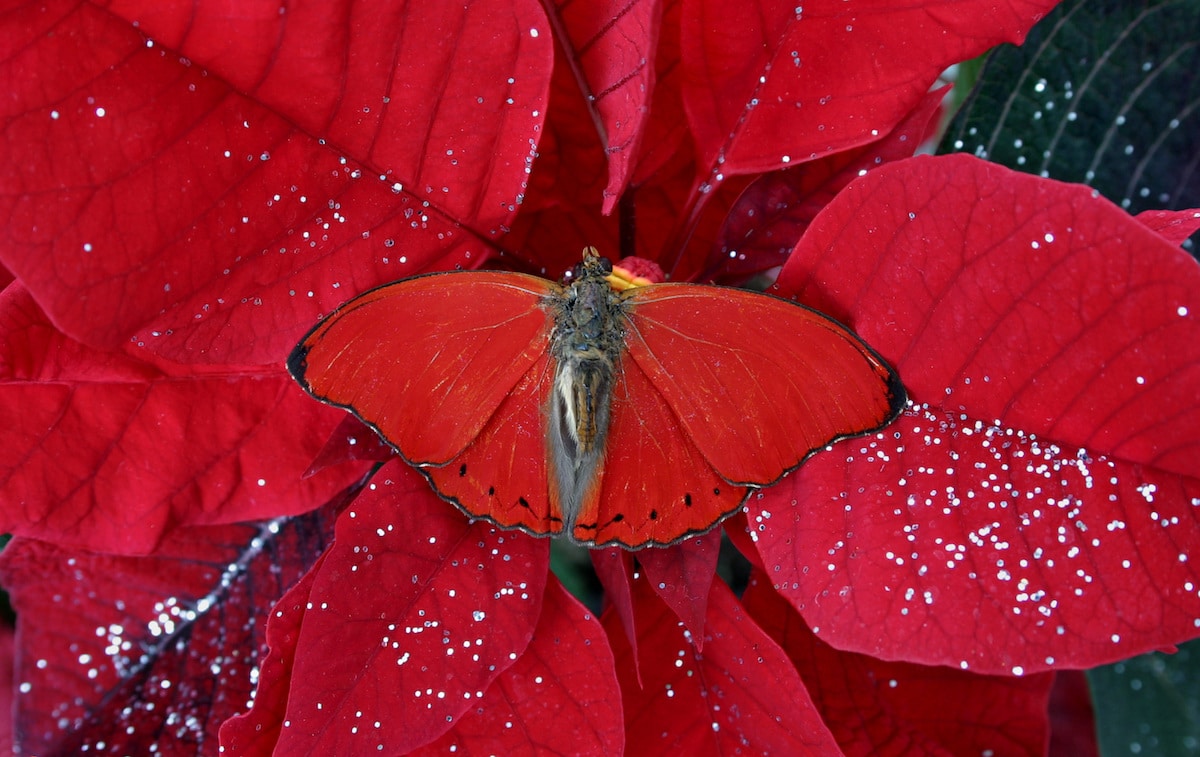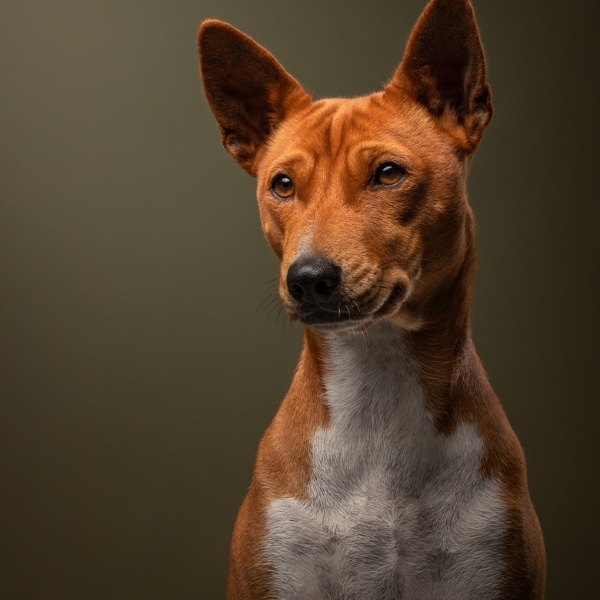
The animal kingdom can be harsh. What to do if you are a small animal trying to defend yourself or a predator who wants to stealthily stalk their prey? Evolution's answer—camouflage. While we often think of the chameleon as the perfect example of camouflage, in reality, things are much more complex.
Two types of camouflage tactics exist, one that makes animals difficult to see—crypsis—and one that disguises them as something else—mimesis. Crypsis, the most common type of animal camouflage, is often achieved because the animal's colors resemble its environment. However, this is not the only way that animals can blend into their surroundings.
Other forms of crypsis include animals that have patterns or markings that deliberately make it difficult to perceive the outlines of their bodies. Jaguars and the common frog are two examples of animals with this disruptive coloration. Other animals, such as butterflies and certain types of lizards, go to great lengths to eliminate their shadows, a technique that was employed by military camouflage during WWII.
Some camouflage animals will even reinforce their disguise by mimicking certain behaviors. For instance, the leafy seadragon actually sways like the seaweed it disguises itself as. And, of course, there are animals who adapt their coloration to the environment. The arctic hare will shed its coat, moving from winter white to brown or gray in the summer.
With mimesis, animals camouflage themselves as something that would be of little interest, whether a dead leaf or a twig. In doing so, these animals are passed over by predators who mistake them for something different or barely notice them at all. With a myriad of choices for disguise, animals of all types turn to camouflage to help them survive.
In celebration of the animal kingdom's beauty, check out more than 22 animals that camouflage themselves. Can you spot them all?
22 Animals That Camouflage Themselves
Leaf-Tailed Gecko

Photo: Stock Photos from Anna Veselova/Shutterstock
A leaf-tailed gecko has adapted to blend directly into tree branches in Madagascar. It even looks like it has the same texture as tree bark, making it an excellent disguise.
Vietnamese Mossy Frog

Photo: Stock Photos from davemhuntphotography/Shutterstock
The Vietnamese mossy frog may be small, but it has a clever defense mechanism against larger predators. As its name suggests, it merges with a mossy floor.
Mountain Hare

Photo: Stock Photos from Peter Wey/Shutterstock
Hares aren't the first animal that comes to mind when we think of disguise, but a mountain hare's white coat makes it nearly invisible for predators to find in the snow.
Goldenrod Crab Spider

Photo: Stock Photos from Henrik Larsson/Shutterstock
We don't usually think of spiders as camouflage artists, but some definitely are. The goldenrod crab spider is one such example. It has a bright yellow color that helps it match the flower, ultimately aiding its hunt for prey.
Western Diamondback Rattlesnake

Photo: Stock Photos from Rusty Dodson/Shutterstock
The Western diamondback rattlesnake wouldn't be such a fearsome predator if it didn't have a camouflage that made it blend in with the tawny desert background.
Green Sea Turtle
On land, a sea turtle's shell makes it stand out. But underwater, this sea creature perfectly matches its habitat.
Great Rockfish

Photo: Stock Photos from scubaluna/Shutterstock
As its name suggests, the rockfish spends most of its time hiding among the rocks. Its red coloring and rough texture help it do just that without going noticed.
Gray Cracker Butterfly

Photo: Stock Photos from Wilm Ihlenfeld/Shutterstock
When this butterfly opens its wings, it reveals a pattern that mimics the texture and colors of a tree.
Eastern Screech Owl

Photo: Stock Photos from Mircea C/Shutterstock
It's no accident that the plumage of an eastern screech owl helps it match the trees that it inhabits.
Leafy Seadragon

Photo: Stock Photos from Kris Wiktor/Shutterstock
Related to the seahorse and pipe fish, sea dragons are famous for their masterful camouflage skills.
Hobart's Red Glider Butterfly

Photo: Stock Photos from Gianna Stadelmyer/Shutterstock
When this butterfly lands on top of red leaves or flowers, it becomes one with nature.
Mediterranean Octopus

Photo: Stock Photos from Dario Sabljak/Shutterstock
Deep in the ocean, the common octopus (or Mediterranean Octopus) has the ability to blend in with the colors and textures of rocks and aquatic life found there.
Perinet Chameleon

Photo: Stock Photos from Dennis van de Water/Shutterstock
The chameleon is the most famous camouflage artist, but how does it change its color? Well, it comes down to its biology. This reptile—as well as some other reptiles and cephalopods—has chromatophores which are cells containing pigment, and they react to sunlight and the brightness of the background. This helps match the chameleon's skin to his surroundings.
Tawny Frogmouth

Photo: Stock Photos from Chris Watson/Shutterstock
The tawny frogmouth is a bird found that has gray-colored plumage to help it blend with the vegetation in Australia and Tasmania.
Jaguar

Photo: Stock Photos from FCG/Shutterstock
The jaguar's patterned fur can help it blend in with branches and trees so it can better sneak up on its prey.
Pink Pygmy Seahorse

Photo: Stock Photos from Laura Dinraths/Shutterstock
The pygmy seahorse may be small, but its background matching skills are among the best. Its pink camouflage makes it indistinguishable from aquatic life in the coral reef.
Dead Leaf Butterfly

Photo: Stock Photos from Lovely Bird/Shutterstock
Many animals would not guess that this leaf-mimicking insect is actually a butterfly.
Stone Fish

Photo: Stock Photos from Adam Ke/Shutterstock
Lurking at the bottom of the ocean floor is the colorful stone fish. Its appearance is very deceiving, however, as it also has 13 spikes filled with dangerous venom.
Sand Crab

Photo: Stock Photos from N.Sritawat/Shutterstock
A sand crab is a clever crustacean that you can find across the coasts of North America. At least, if you know where to look. Its camouflage makes it nearly one with the sand.
Two-Tailed Spider

Photo: Stock Photos from Decha Thapanya/Shutterstock
This arachnid is almost impossible to see when it lies against the tree.
Leaf Katydid

Photo: Stock Photos from hagit berkovich/Shutterstock
If you take the time to look at the leaves, keep a close watch out. You might find a leaf katydid.
Ghost Pipefish

Photo: Stock Photos from Ekkapan Poddamrong/Shutterstock
Not many are familiar with this aquatic creature, but it is one of the best-camouflaged animals around.
All images via Shutterstock except where noted.
This article has been edited and updated.
Related Articles:
Wildlife Photographers Unite in New Book To Highlight Beauty of Endangered Animals























































































